Code
HCS30591
Weight
300 gm / 0.66 lbs
Size
Height
155cm (61") Width
118cm (46") Material
cotton Canvas
Availability
Available

Safe Payment
We accept Paypal, Money Transfer, Bank Transfer
Confidence
Protection covers your purchase and personal data.
Worldwide Delivery
We ship Worldwide, except Russia.Shipping cost US$25.2 for upto 0.5 kgs

Hotline
Talk to help line for your question on 9841267335Use of Real Gold
This thangka of Yamantaka Thangka, Tibetan Buddhist Art, Hand Painted, [real Gold] has real gold painted on its surface along with other paints. This is an ancient process of decorating the thangka in Tibetan Buddhism, Here gold is ground into gold dust, which is then mixed with other undisclosed material to make it paintable on the canvas. this mixture is then mixed with transparent glue and painted on the thangka. Read More . . .
This thangka of Yamantaka Thangka, Tibetan Buddhist Art, Hand Painted, [real Gold] has real gold painted on its surface along with other paints. This is an ancient process of decorating the thangka in Tibetan Buddhism, Here gold is ground into gold dust, which is then mixed with other undisclosed material to make it paintable on the canvas. this mixture is then mixed with transparent glue and painted on the thangka. Read More . . .
Introduction to Thangka
A thangka, also known as tangka, thanka, or tanka, is a vibrant and intricate Tibetan Buddhist painting that serves as a visual representation of spiritual teachings. Crafted with meticulous detail on cotton or silk appliqué, thangkas depict a wide range of subjects including Buddhist deities, sacred scenes, mandalas, and narrative stories. These sacred artworks are traditionally kept unframed and rolled up for storage, resembling ancient scrolls. To protect their delicate nature, thangkas are mounted on textile backings and often adorned with a silk cover on the front. Proper preservation in dry environments is crucial to maintain the integrity and longevity of the silk. Read More . . .
A thangka, also known as tangka, thanka, or tanka, is a vibrant and intricate Tibetan Buddhist painting that serves as a visual representation of spiritual teachings. Crafted with meticulous detail on cotton or silk appliqué, thangkas depict a wide range of subjects including Buddhist deities, sacred scenes, mandalas, and narrative stories. These sacred artworks are traditionally kept unframed and rolled up for storage, resembling ancient scrolls. To protect their delicate nature, thangkas are mounted on textile backings and often adorned with a silk cover on the front. Proper preservation in dry environments is crucial to maintain the integrity and longevity of the silk. Read More . . .
Brief Introduction :
OM AH RA PA TSA NA DHIH
Yama represents the end of one cycle & beginning of another. The deity Yama is wrathful to try to encourage you not to return to a previous cycle or habit. He is there to help you break the cyclical nature of existence [Skt. Samsara so that you can access the higher realm of human consciousness. He is fed up with the attachment of mankind to the Five negative afflictions [Skt. Kleashas] if pushed he has the authority to send you at your physical death to a place of ice & fire.
Iconography :The five skulls on Yama's diadem represent the Five Negative Affliction Or poisonous Buddhsit_Art_Yamaobstacles [Skt. Kleshas] to spiritual development which are greed, hatred, delusion, jealousy & pride & the transmutation of the five afflictions into the five wisdoms. His special power to change the five troubles is indicated by the tongues of crimson flame that arise from the cranium of each skull. He is painted with a bull's head, and he straddles a blue boar which crushes a human form. In his left hand in the threatening hand position [Skt. Tarjani Mudra] Yama brandishes a skull club [Skt. Kapala Danda] also carried by Kali [Shiva] & Bhairav that symbolises "smashing the veil of ignorance" and the ultimate emptiness of all phenomena which we need to realise the highest Buddhist ideal of Great Bliss [Skt. Mahasukha], pure consciousness and love. The energy is so powerful that it is sealed with a half vajra at the top. The white silk ribbons represents his ability adapt his energy to destroy ignorance in all its forms. In his right hand he holds a rope noose [Skt. Pasha] . One end has a hook and the other a ring which representing the catching & binding of the ego, the possibility of strangulation.
His sister Yami holds a skullcap [Skt. Kapala] held at his heart in his right hand hold red rejuvenating blood of Great Bliss called Raktavarna[skt.] representing 'wisdom'. The white breast ornament represents the wheel of life [Skt. Jivan Chakra] Jivan is a Sanskrit word meaning soul. Chakra means wheel. The wheel of Life is often called the Bhavacakra. Bhava means container or receptacle in the sense of body or form. The degree of wrath & and tantric power a deity has is often measured by the quantity of flame in the aureole of flame surrounding body. Yama is surrounded by a Fire Wheel [Tib. Me-Khor] which represents his ability to annihilate anything or anyone that crosses his path, but especially the obscuration to pure conscious enlightenment of which ignorance is considered the chief poison. The fire wheel radiate as pure psychic energy whose potency is alluded to in Yama's erect penis. Nothing can withstand Yama's fire wheel. In the foreground there are the Three Skull Offerings which represent the items necessary for rebirth. The left & right skulls are traditionally mounted on three smaller skulls. The left blue blood represents semen & the right red blood fertile uterine blood with the central skull contains the offering of the five senses representing the consciousness. The five senses are 1. the heart representing touch, 2. the eyes - sight, 3. tongue - taste, 4. nose - smell & 5. ears - sound. The attached hair indicates its freshness. The offering of the five senses is key to Yama's purpose; the offering is about rebirth the beginning of something new life.
Commentary :His sister Yami holds a skullcap [Skt. Kapala] held at his heart in his right hand hold red rejuvenating blood of Great Bliss called Raktavarna[skt.] representing 'wisdom'. The white breast ornament represents the wheel of life [Skt. Jivan Chakra] Jivan is a Sanskrit word meaning soul. Chakra means wheel. The wheel of Life is often called the Bhavacakra. Bhava means container or receptacle in the sense of body or form. The degree of wrath & and tantric power a deity has is often measured by the quantity of flame in the aureole of flame surrounding body. Yama is surrounded by a Fire Wheel [Tib. Me-Khor] which represents his ability to annihilate anything or anyone that crosses his path, but especially the obscuration to pure conscious enlightenment of which ignorance is considered the chief poison. The fire wheel radiate as pure psychic energy whose potency is alluded to in Yama's erect penis. Nothing can withstand Yama's fire wheel. In the foreground there are the Three Skull Offerings which represent the items necessary for rebirth. The left & right skulls are traditionally mounted on three smaller skulls. The left blue blood represents semen & the right red blood fertile uterine blood with the central skull contains the offering of the five senses representing the consciousness. The five senses are 1. the heart representing touch, 2. the eyes - sight, 3. tongue - taste, 4. nose - smell & 5. ears - sound. The attached hair indicates its freshness. The offering of the five senses is key to Yama's purpose; the offering is about rebirth the beginning of something new life.
Yama is an ancient Vedic deity. His name comes from the root Ya meaning 'twin' in the sense of to restrain or bound. In Tibet Yama is usually Dam Can Chos rGyal, 'The Pledge Bound Dharma-King'. The later alludes to his conversion to Buddhism by Manjusri, the Bodhisattva of Wisdom in his wrathful manifestation as Yamantaka 'the Destroyer of Yama". There are three common forms of Yama that occur in Tibetan Buddhism which are called respectively the External, Internal, and Secrete Yama. This painting depicts the External or Outer form of Yama who is a Dharma protector invoked to protect devotees from mundane difficulties such as physical illness and hunger. He is the colour blue and is shown in the characteristic fierce standing pose of a protective deity with a pot belly and erect penis. He has the head of a fierce bull with sharply pointed horns and protruding blood shot eyeballs. The bull is an ancient symbol in Indic religions that is associated with Yama and death, but also can symbolize procreation. This ambivalent symbolism is understood in the Buddhist context as the overcoming of death to create eternal life. Yama is personified as a bull as a metaphor of the uncontrolled mind that one must learn to control to overcome death. In his role as lord of hell, Yama should not be confused with Western religious notions of the Devil as the embodiment of evil but as a deity given a task within the greater Buddhist cause of the salvation of all living beings. In Buddhist symbolic terms the overcoming of death by terminating the cycle of rebirth is the ultimate goal and it is Yama who serves as a transformer in that process by embodying impermanence.
Mantra of Yamantaka
OM AH RA PA TSA NA DHIH


![Yamantaka Thangka, Tibetan Buddhist Art, Hand Painted, [real Gold]](https://handicraftseller.com/uploads/pics/product/thumb/2023/08/30591_3.jpg)
![Yamantaka Thangka, Tibetan Buddhist Art, Hand Painted, [real Gold]](https://handicraftseller.com/uploads/pics/product/thumb/2023/08/30591_4.jpg)
![Yamantaka Thangka, Tibetan Buddhist Art, Hand Painted, [real Gold]](https://handicraftseller.com/uploads/pics/product/thumb/2023/08/30591_5.jpg)
![Yamantaka Thangka, Tibetan Buddhist Art, Hand Painted, [real Gold]](https://handicraftseller.com/uploads/pics/product/thumb/2023/08/30591_6.jpg)
![Yamantaka Thangka, Tibetan Buddhist Art, Hand Painted, [real Gold]](https://handicraftseller.com/uploads/pics/product/thumb/2023/08/30591_7.jpg)
![Yamantaka Thangka, Tibetan Buddhist Art, Hand Painted, [real Gold]](https://handicraftseller.com/uploads/pics/product/thumb/2023/08/30591.jpg)
![Yamantaka Thangka, Tibetan Buddhist Art, Hand Painted, [real Gold]](https://handicraftseller.com/uploads/pics/product/thumb/2023/08/30591_0.jpg)
![Yamantaka Thangka, Tibetan Buddhist Art, Hand Painted, [real Gold]](https://handicraftseller.com/uploads/pics/product/thumb/2023/08/30591_1.jpg)
![Yamantaka Thangka, Tibetan Buddhist Art, Hand Painted, [real Gold]](https://handicraftseller.com/uploads/pics/product/thumb/2023/08/30591_2.jpg)
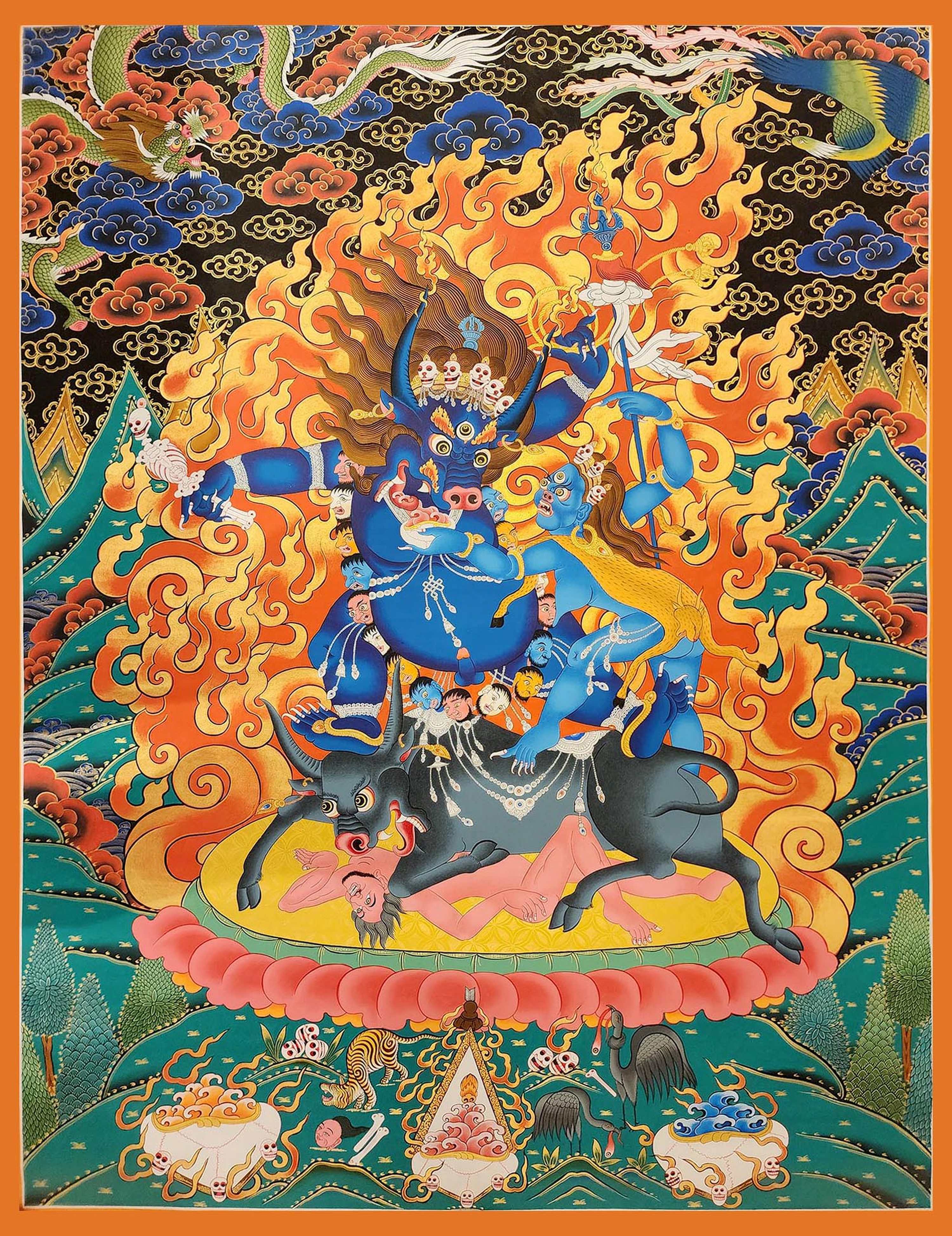









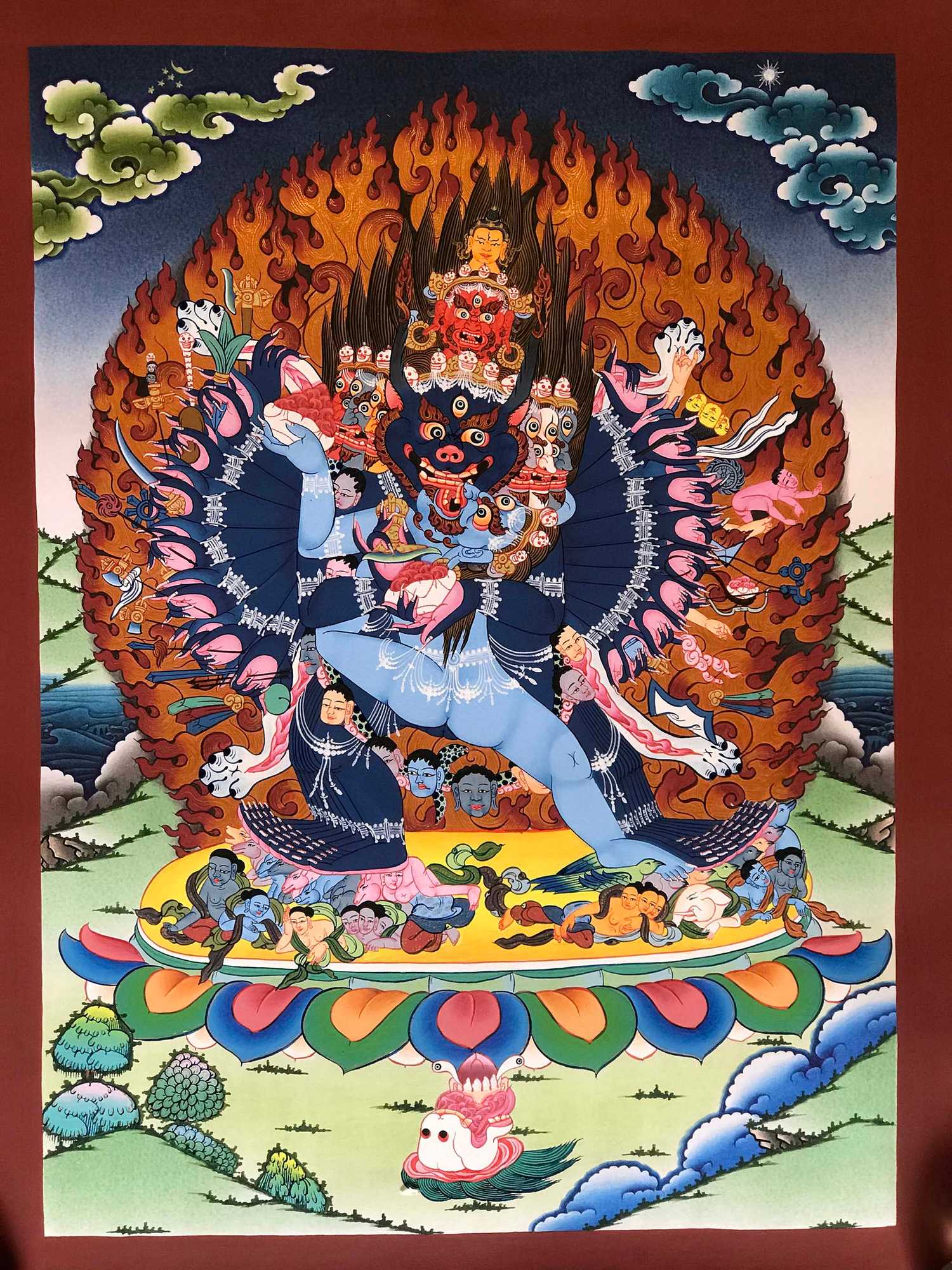 of Vajrabhairava
of Vajrabhairava 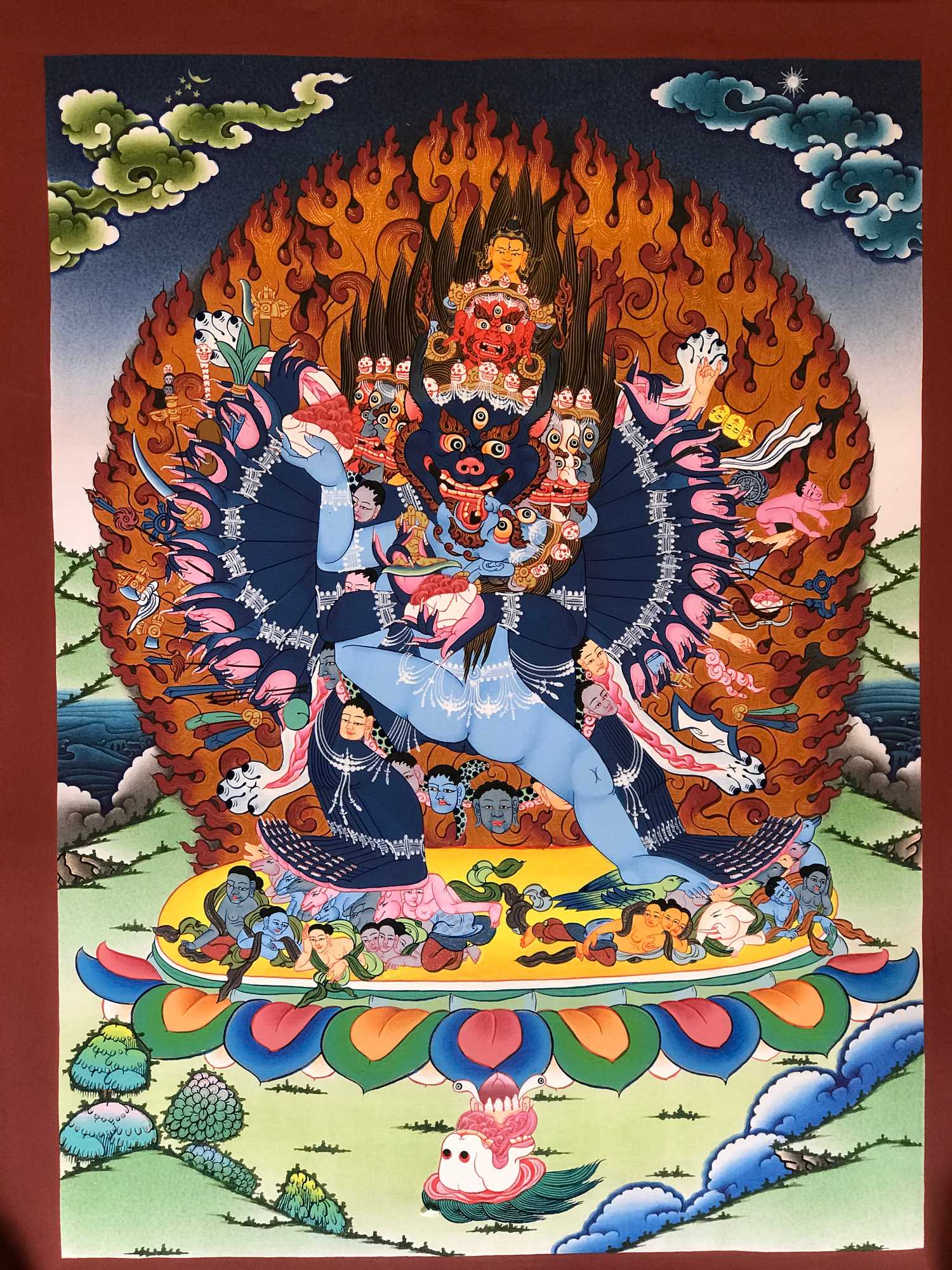 of Vajrabhairava
of Vajrabhairava 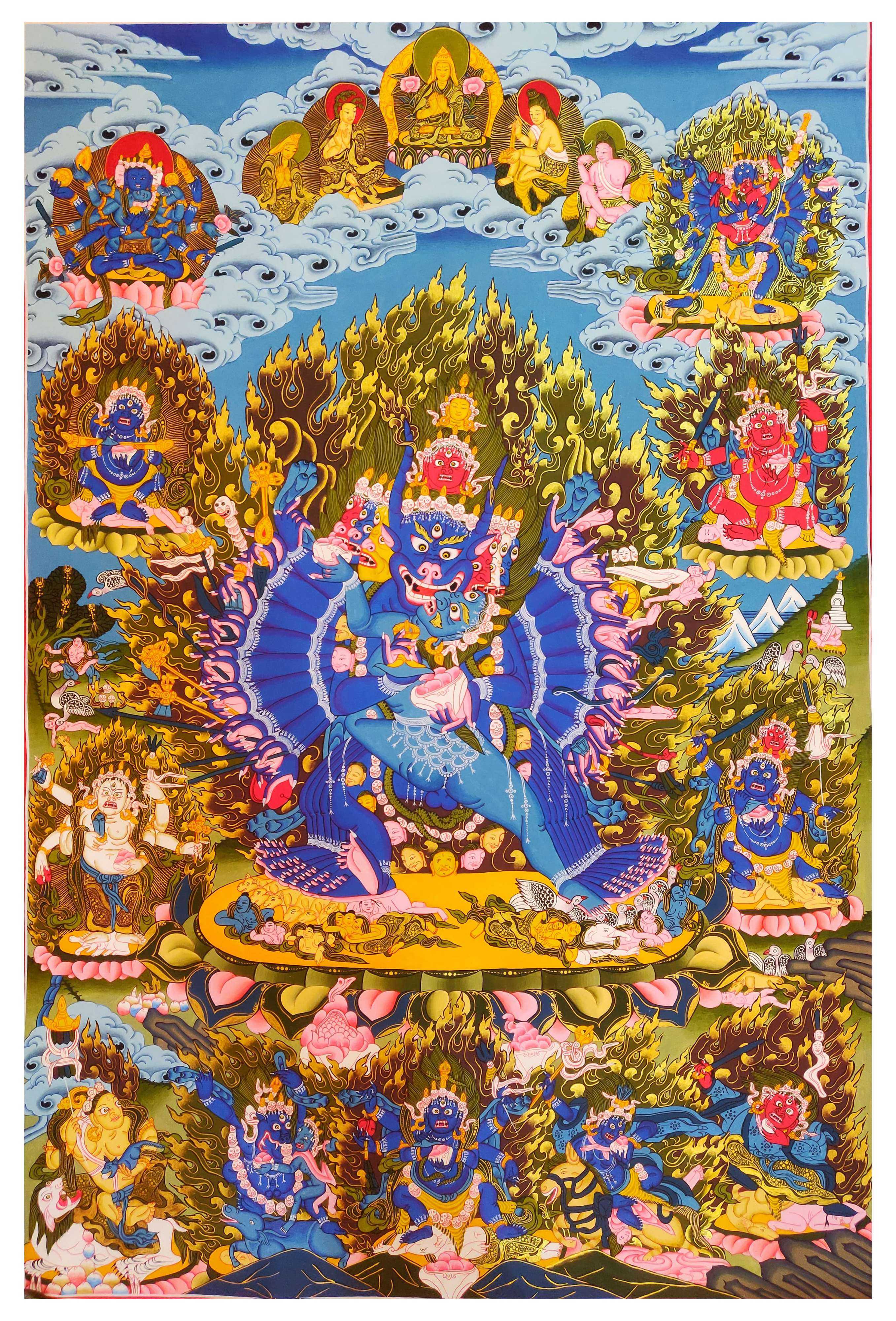 Real Gold" title="Yamantaka Thangka, Tibetan Buddhist Art, Hand Painted,
Real Gold" title="Yamantaka Thangka, Tibetan Buddhist Art, Hand Painted, 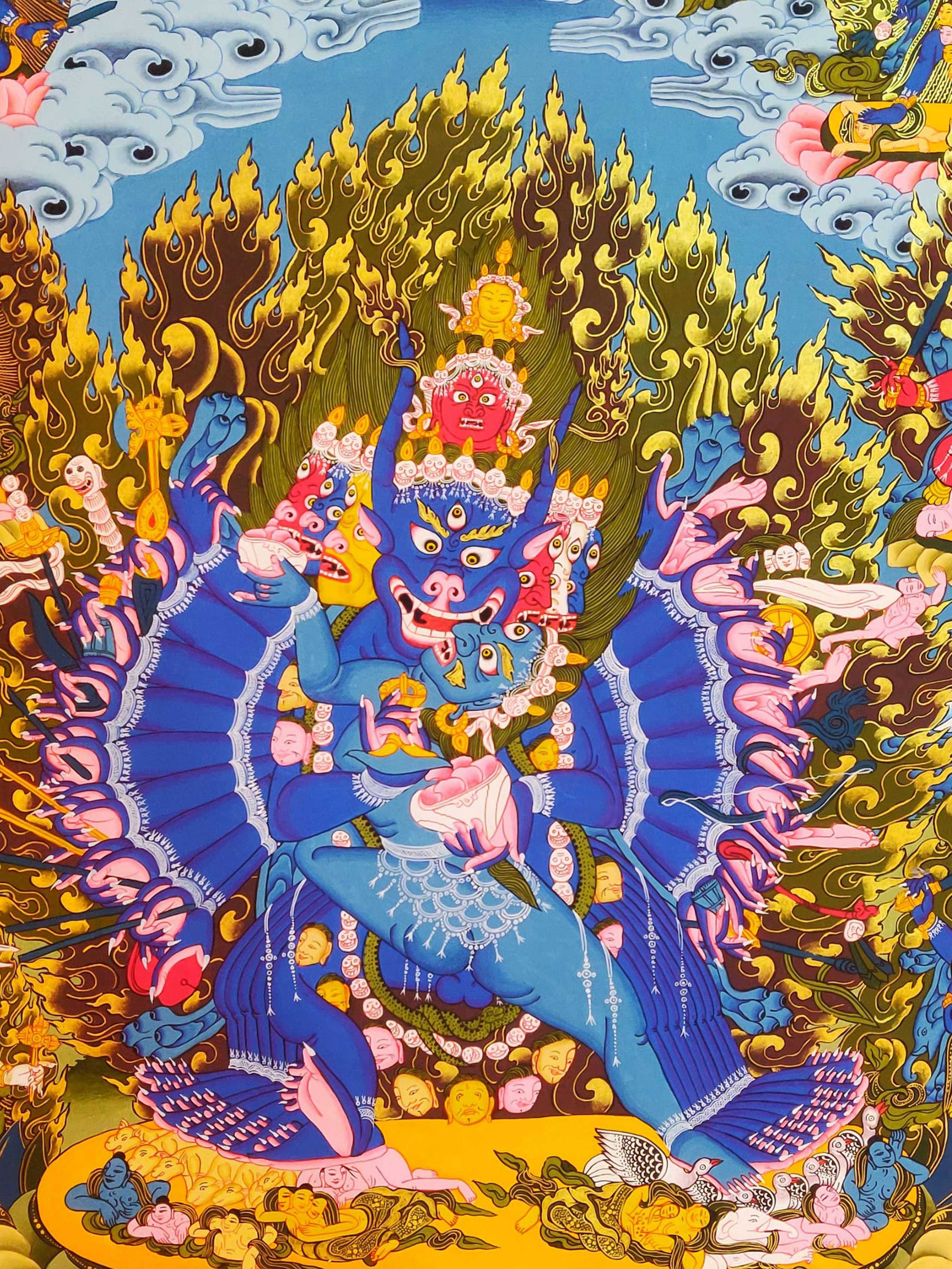 Real Gold" title="Yamantaka Thangka, Tibetan Buddhist Art, Hand Painted,
Real Gold" title="Yamantaka Thangka, Tibetan Buddhist Art, Hand Painted, 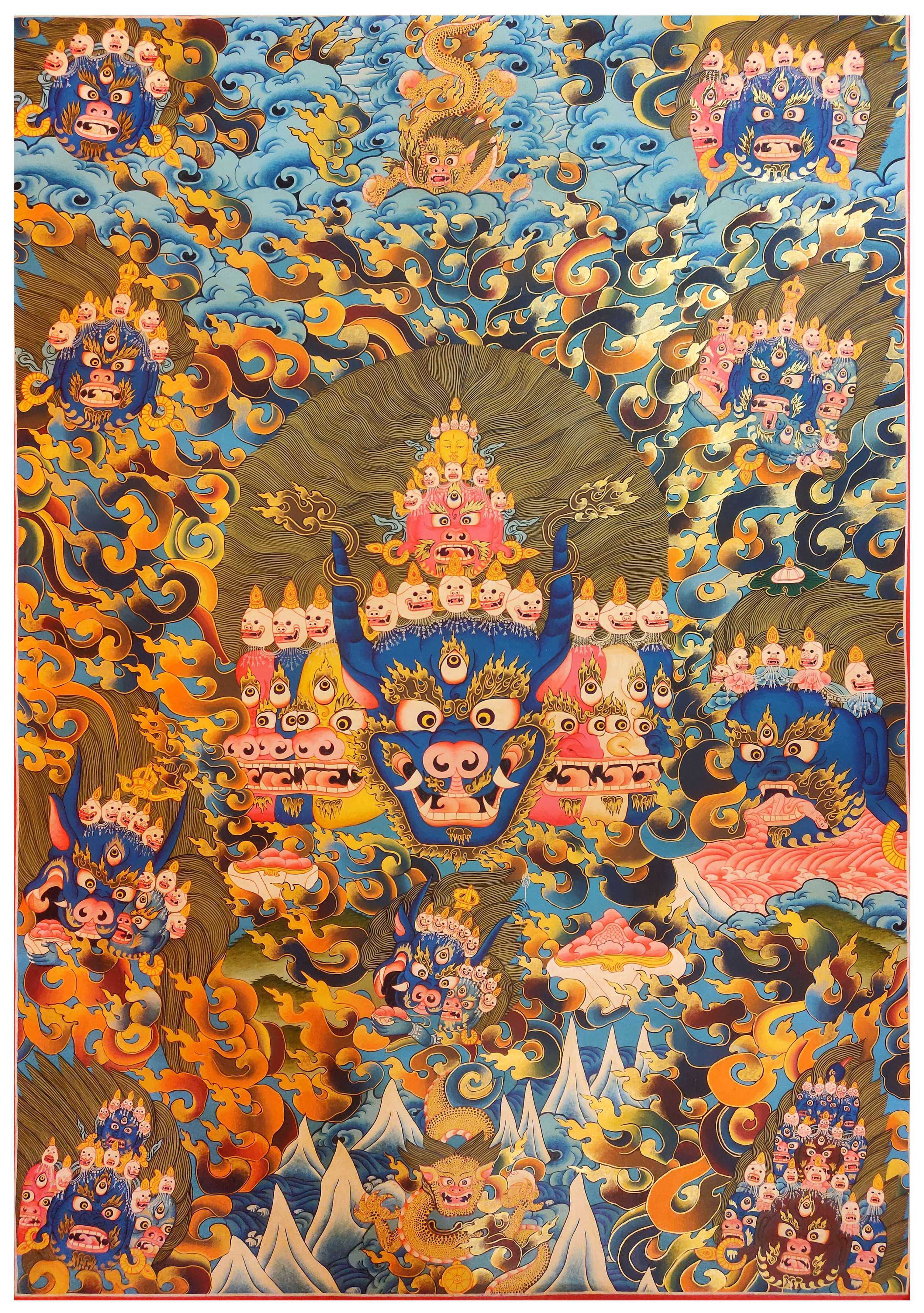 of Various Protector Gods, Hand Painted,
of Various Protector Gods, Hand Painted, 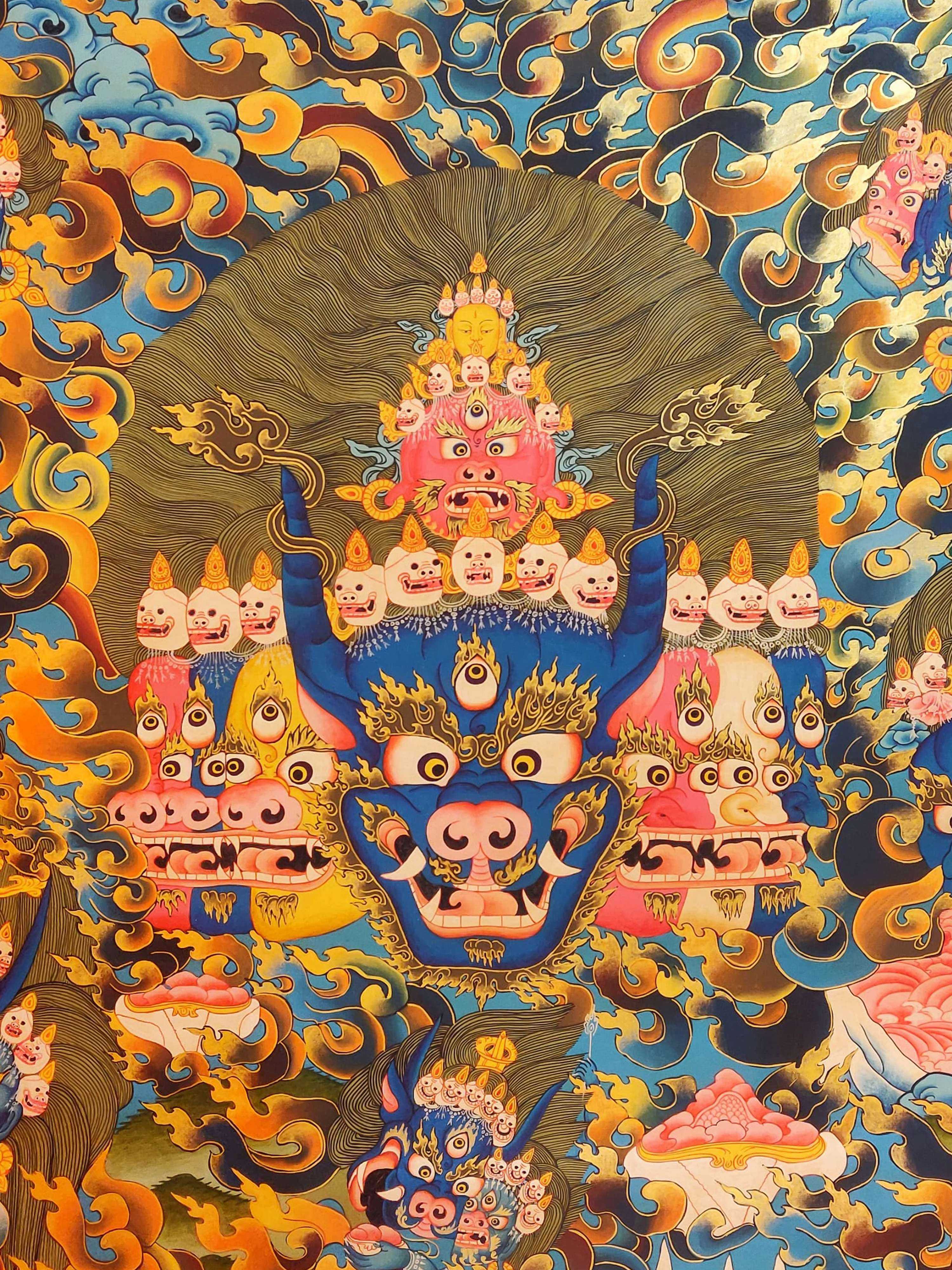 of Various Protector Gods, Hand Painted,
of Various Protector Gods, Hand Painted, 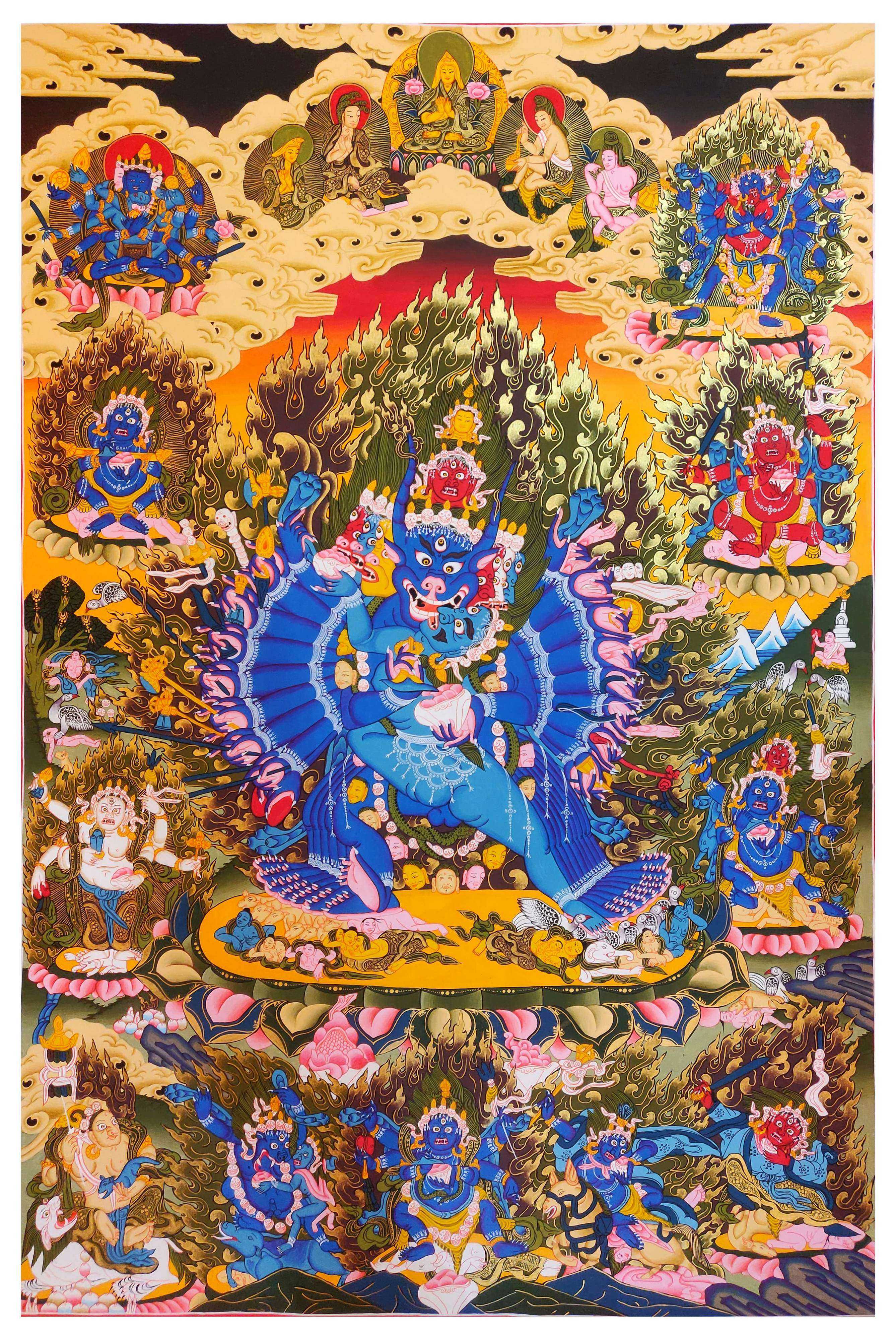 Real Gold" title="Yamantaka Thangka, Tibetan Buddhist Art, Hand Painted,
Real Gold" title="Yamantaka Thangka, Tibetan Buddhist Art, Hand Painted, 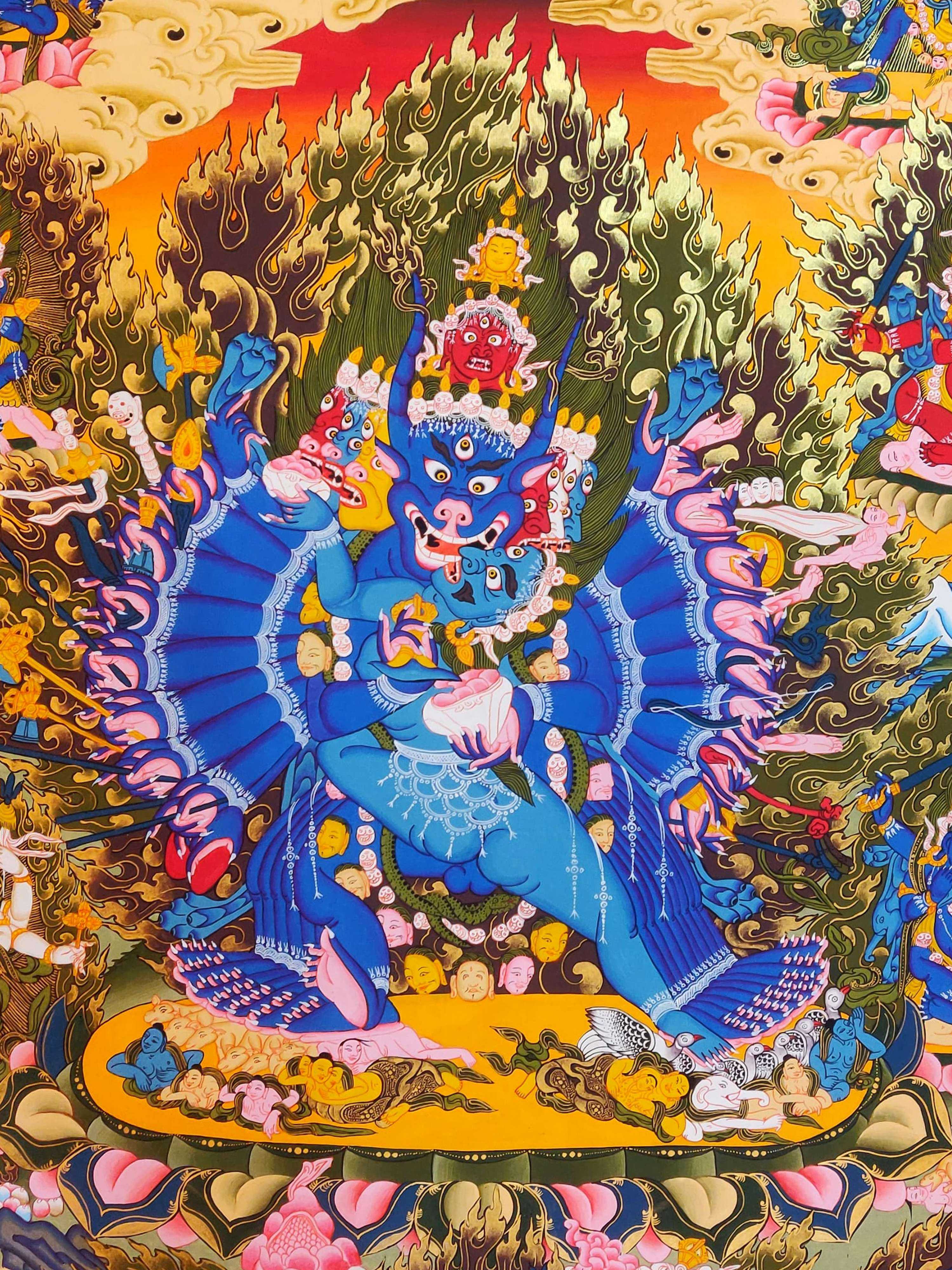 Real Gold" title="Yamantaka Thangka, Tibetan Buddhist Art, Hand Painted,
Real Gold" title="Yamantaka Thangka, Tibetan Buddhist Art, Hand Painted, 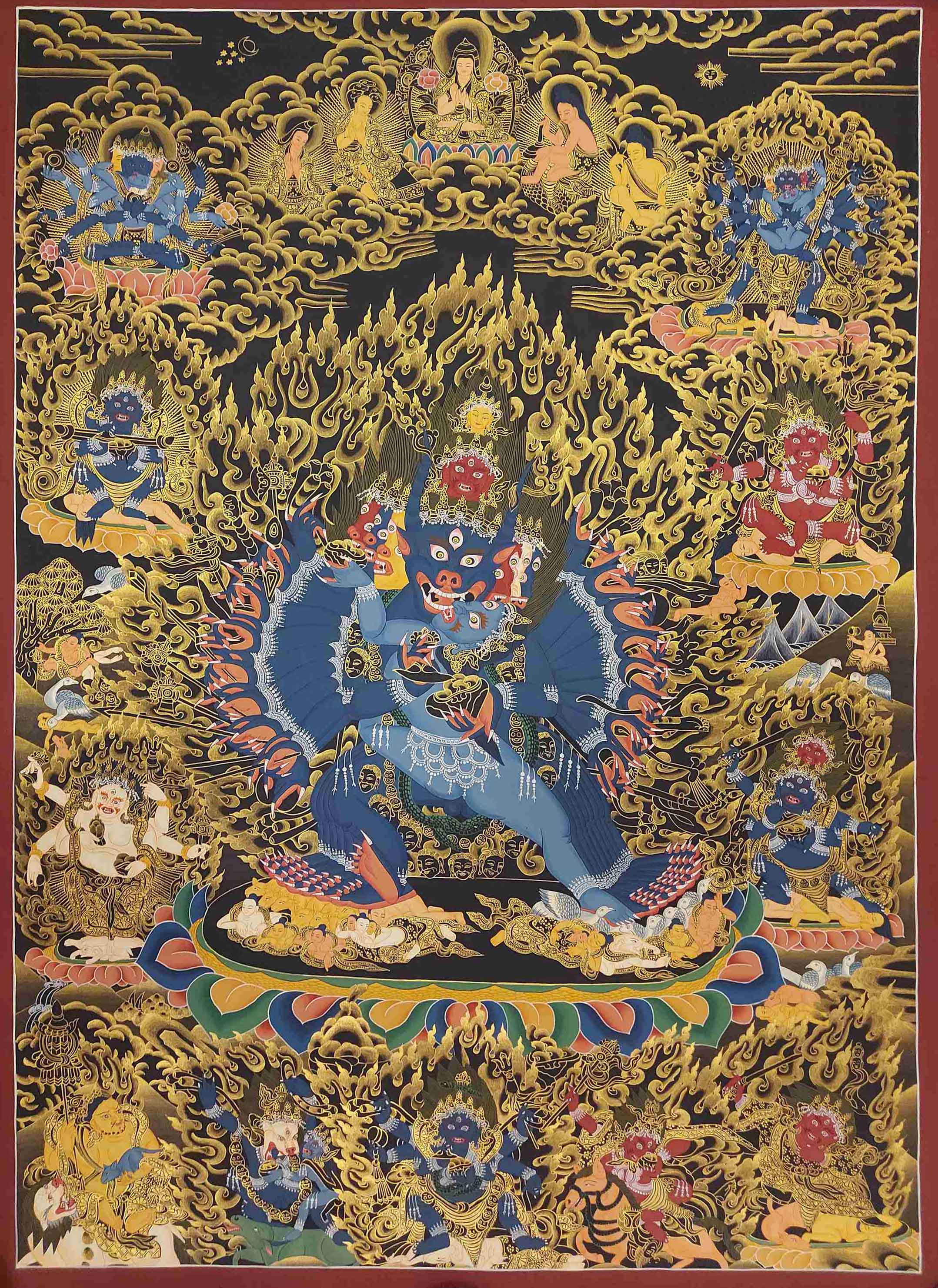 of Yamantaka Vajrabhairava,
of Yamantaka Vajrabhairava, 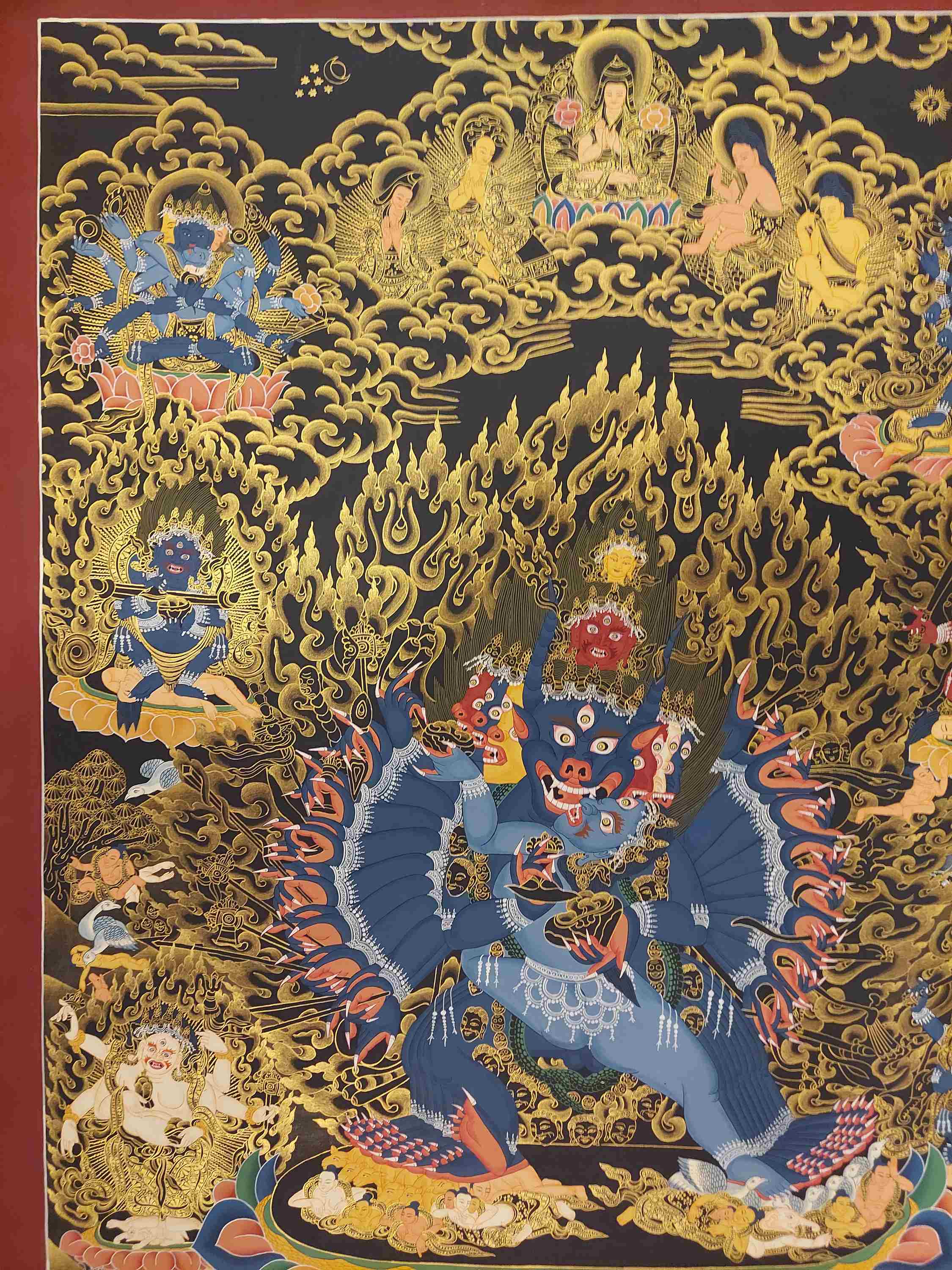 of Yamantaka Vajrabhairava,
of Yamantaka Vajrabhairava, 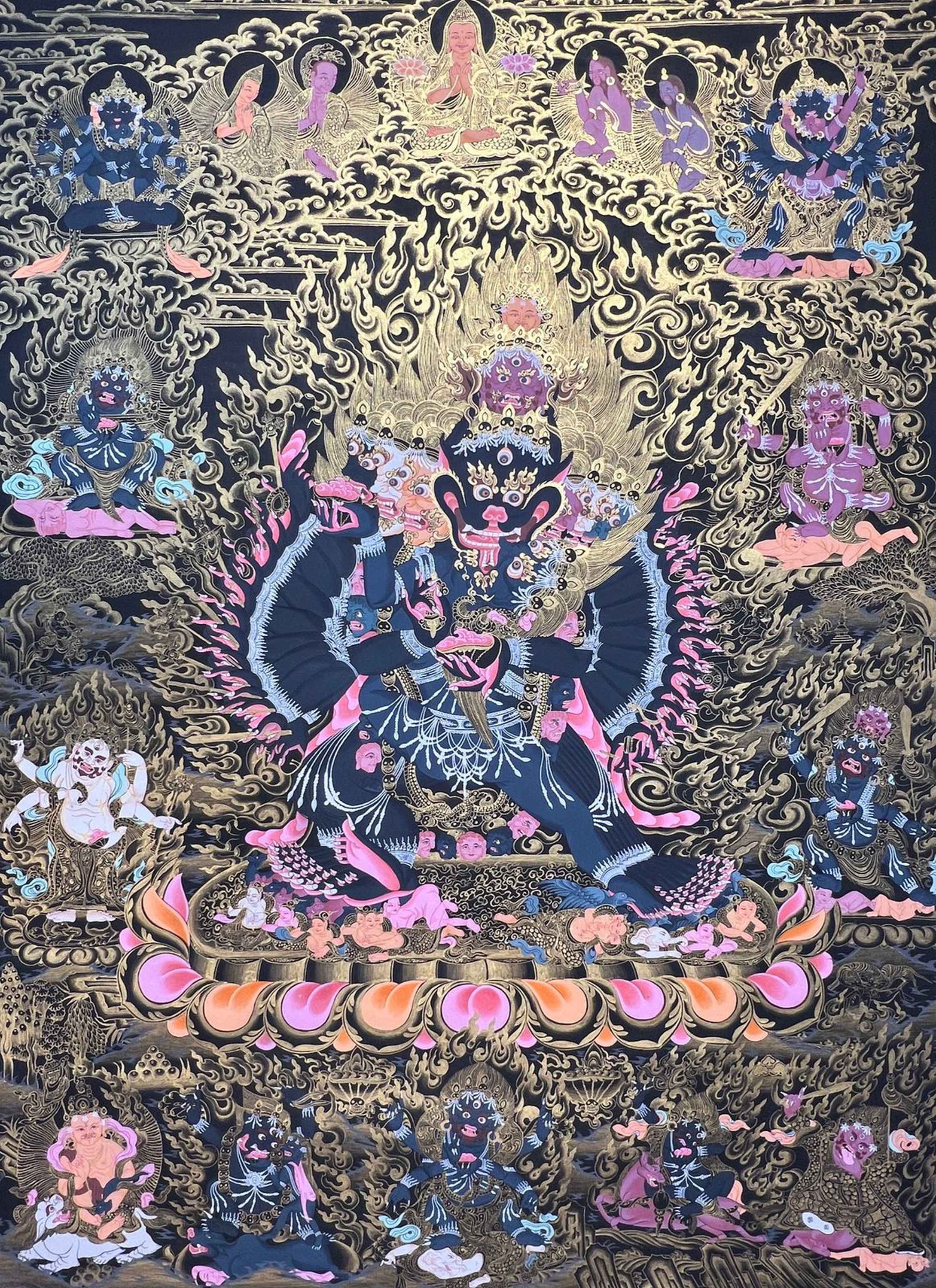 of Yamantaka Vajrabhairava,
of Yamantaka Vajrabhairava, 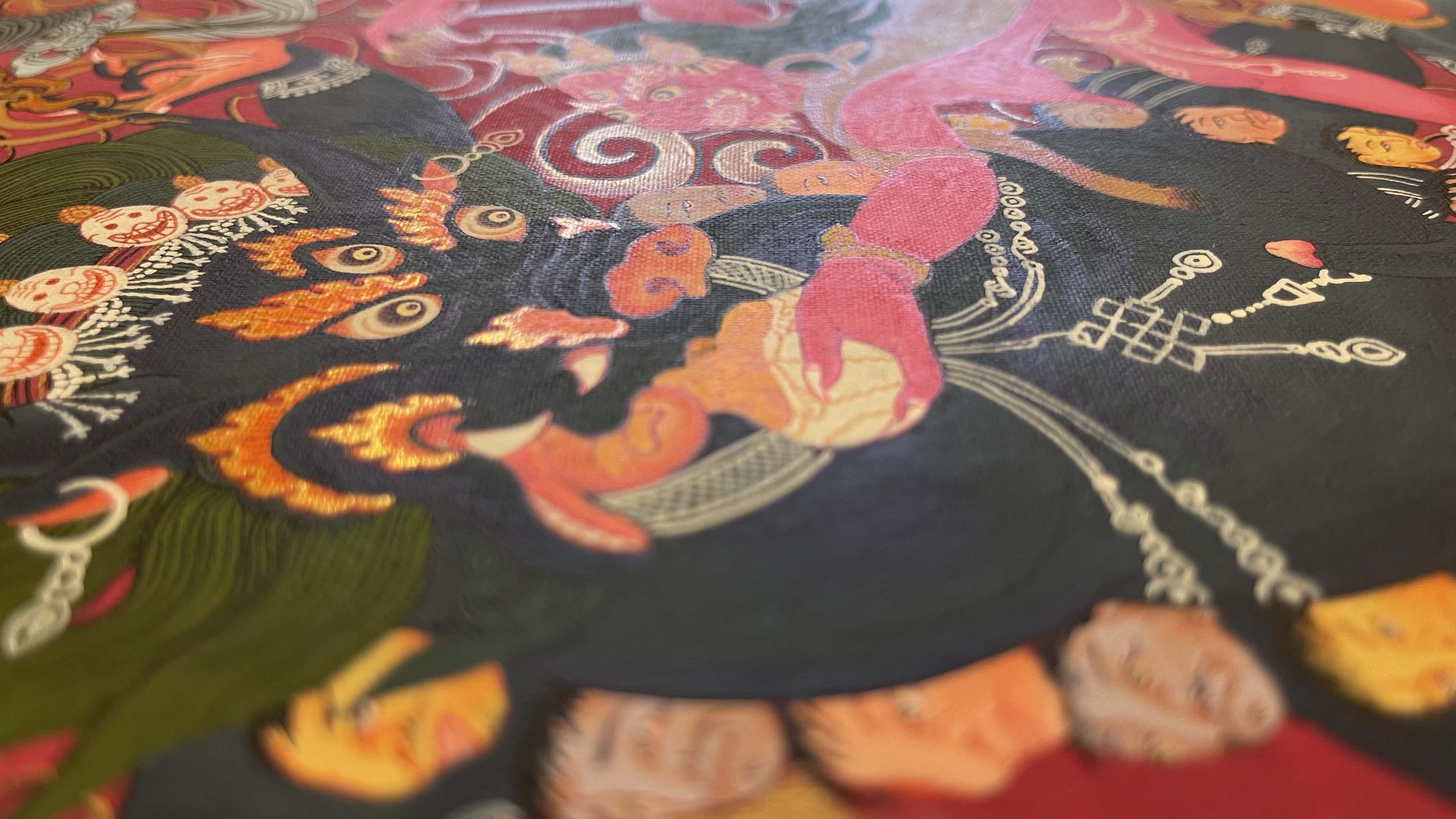 Master Quality, Buddhist Thangka
Master Quality, Buddhist Thangka 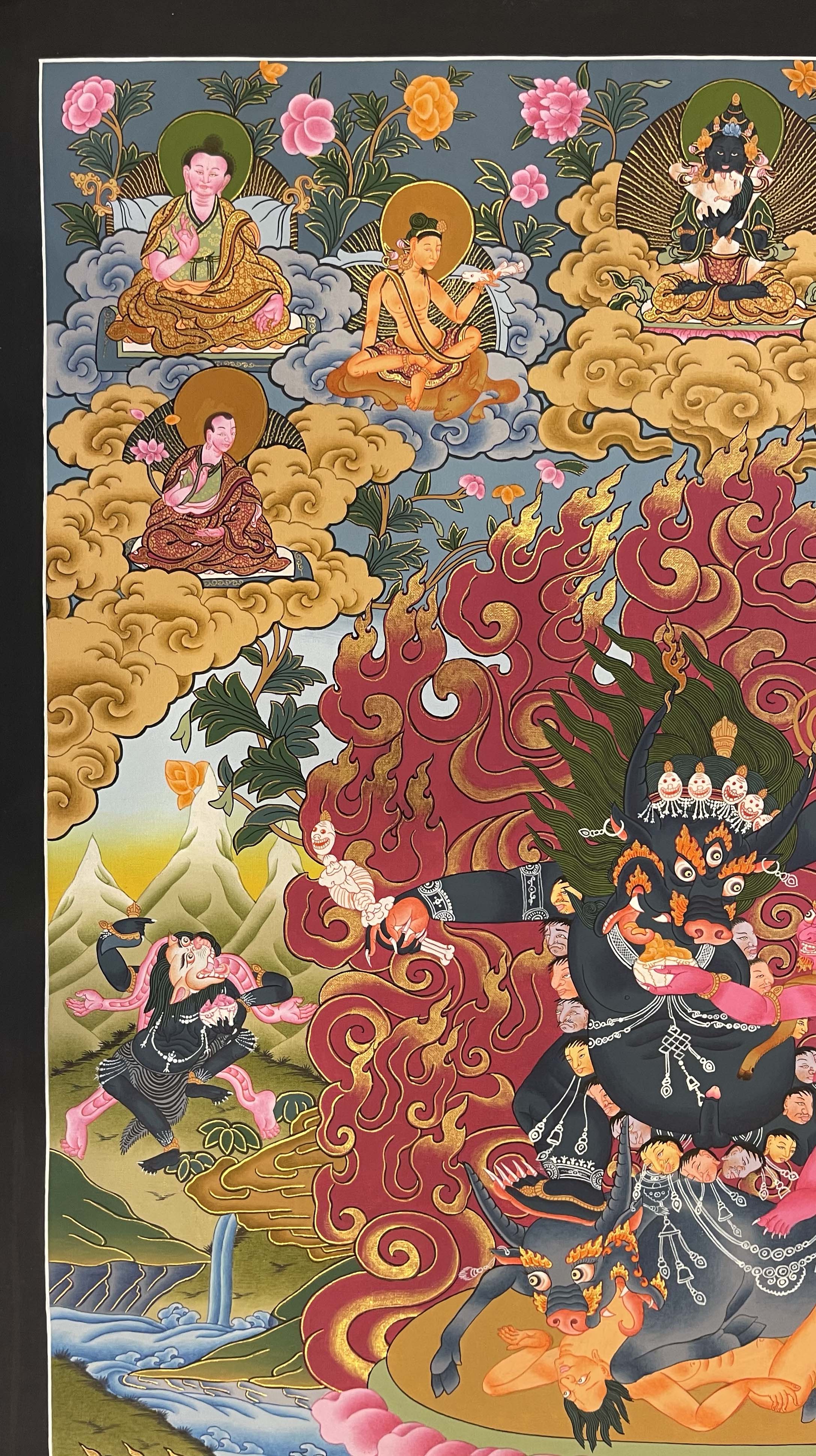 Master Quality, Buddhist Thangka
Master Quality, Buddhist Thangka 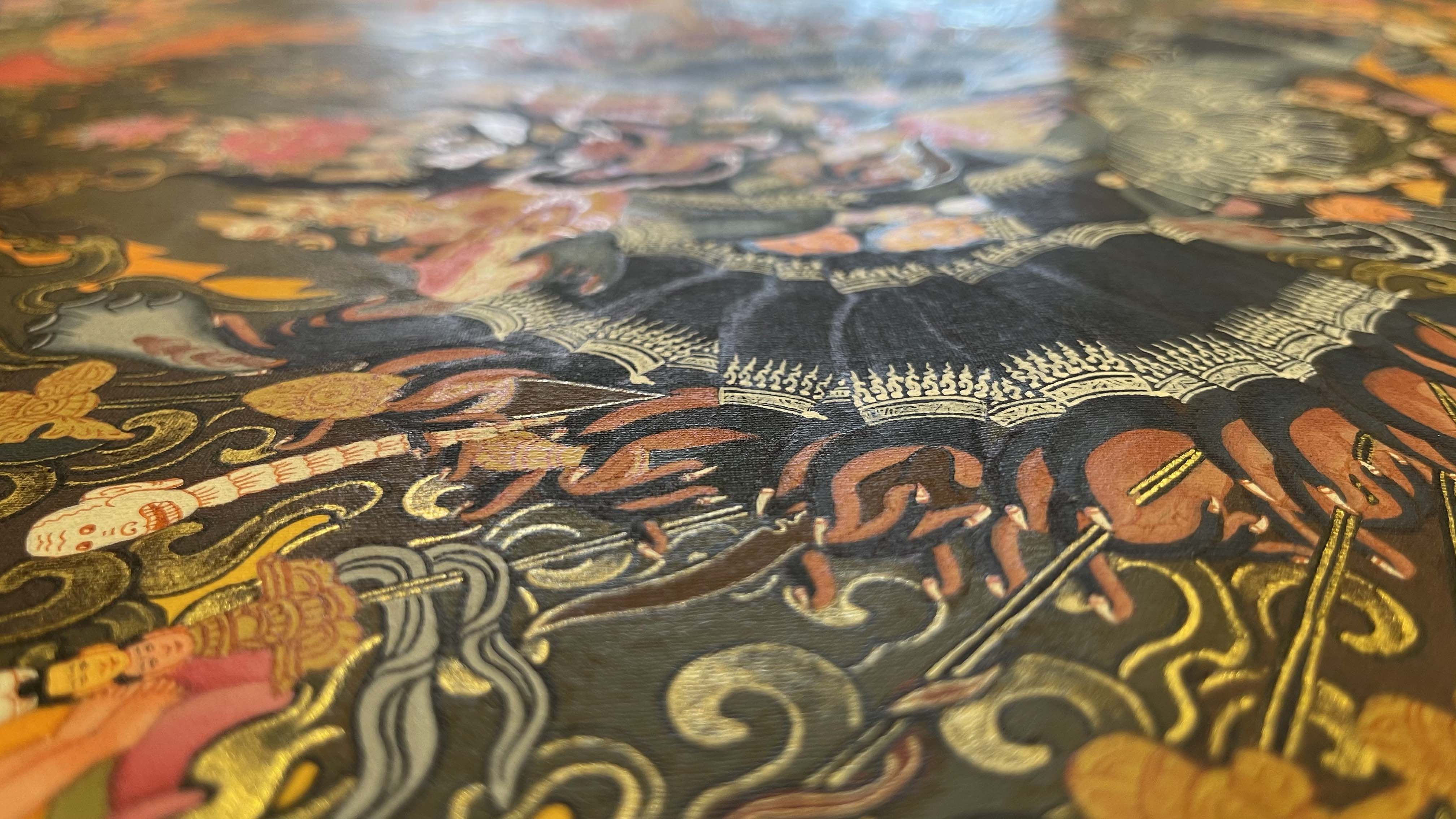 Master Quality, Buddhist Thangka
Master Quality, Buddhist Thangka 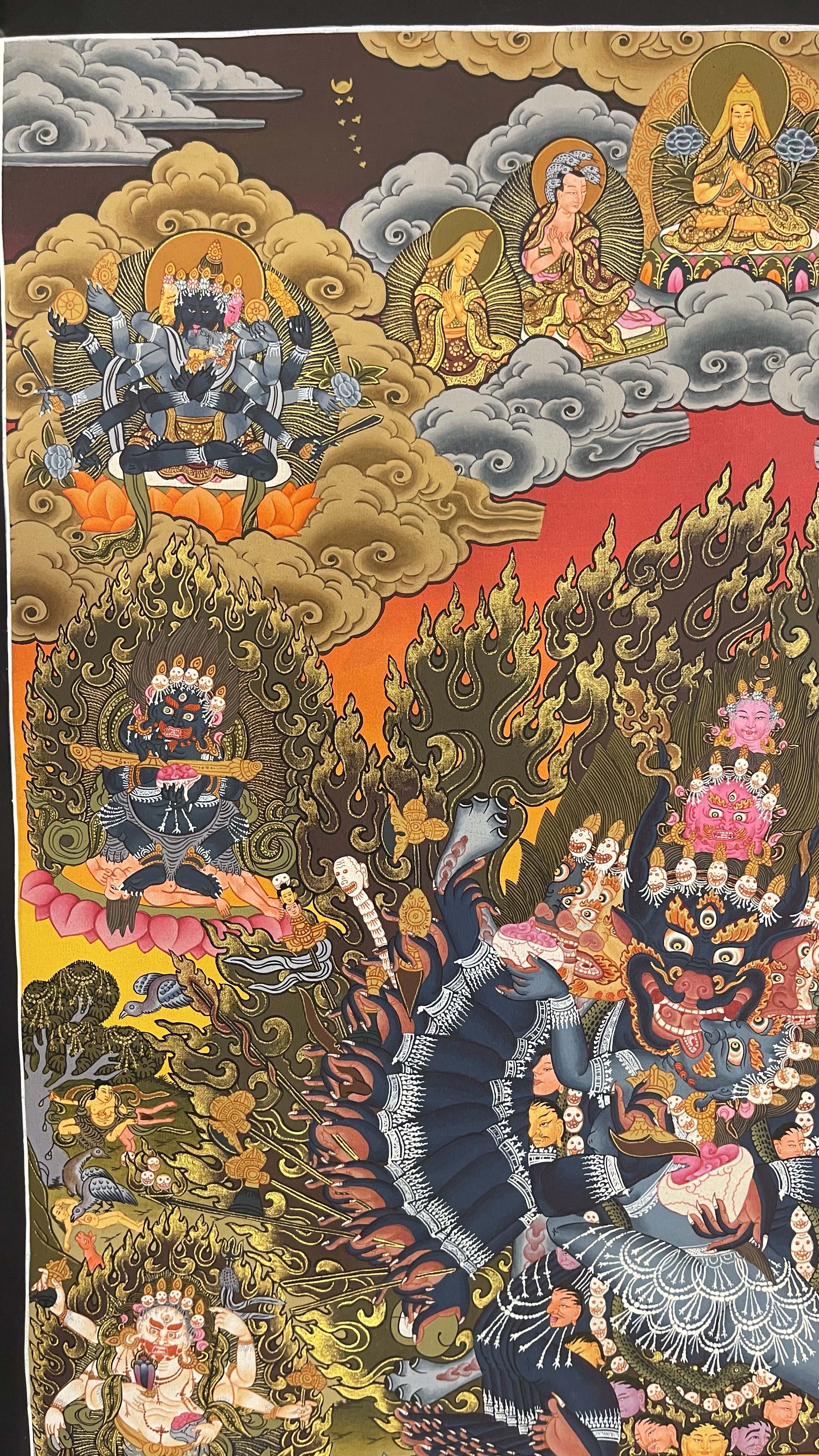 Master Quality, Buddhist Thangka
Master Quality, Buddhist Thangka 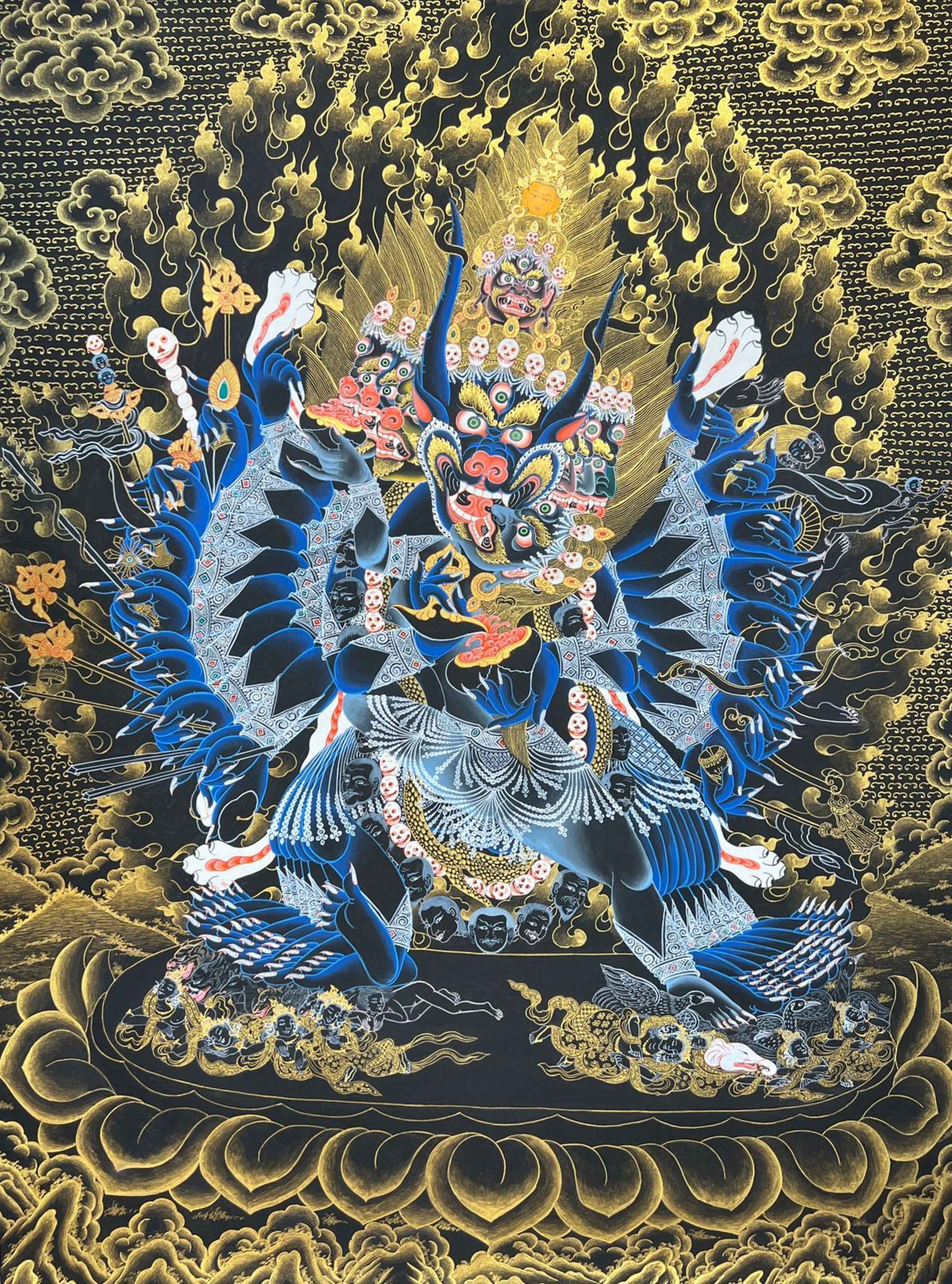 of Yamantaka Vajrabhairava,
of Yamantaka Vajrabhairava, 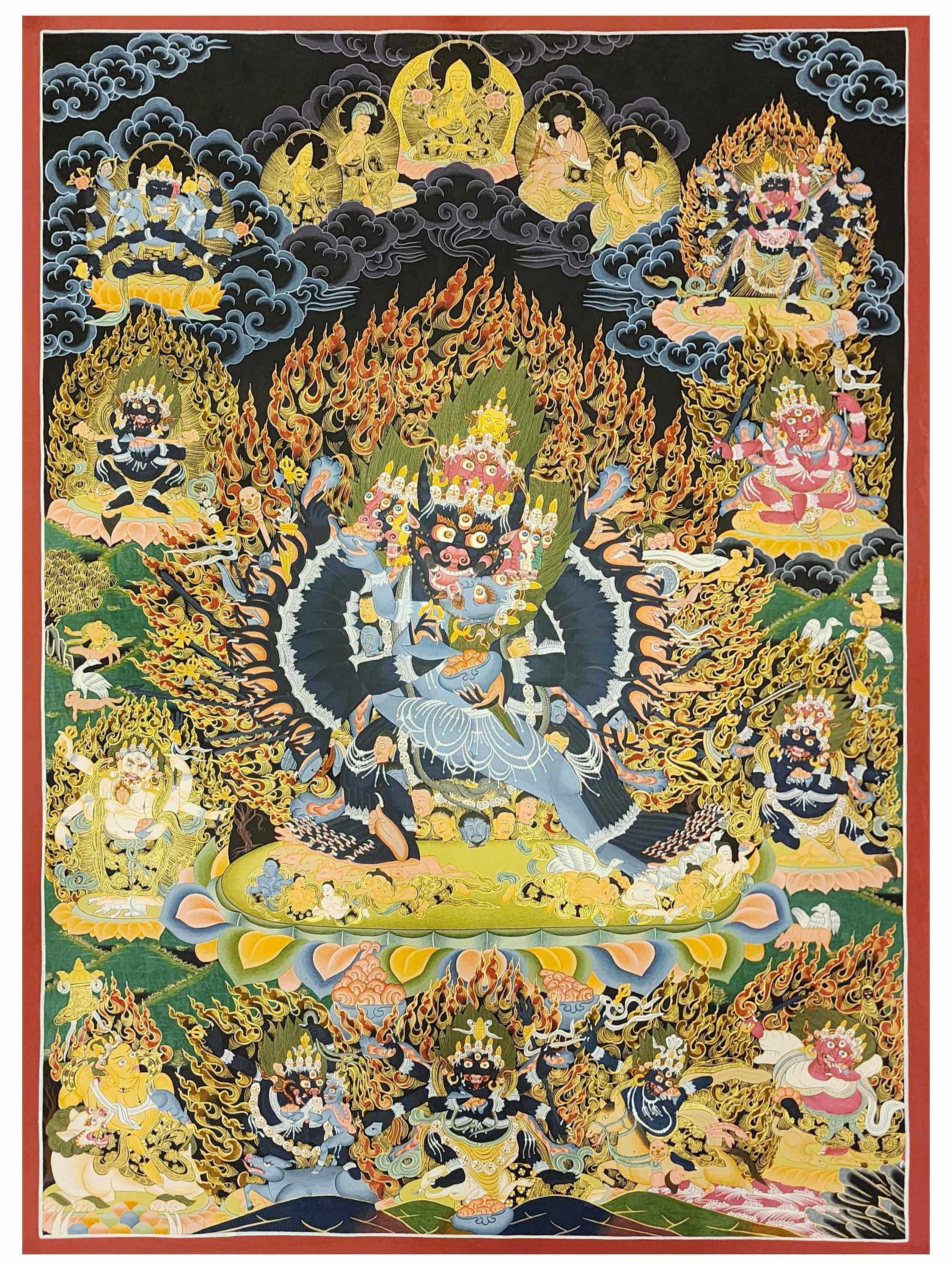 with Various Protector
with Various Protector 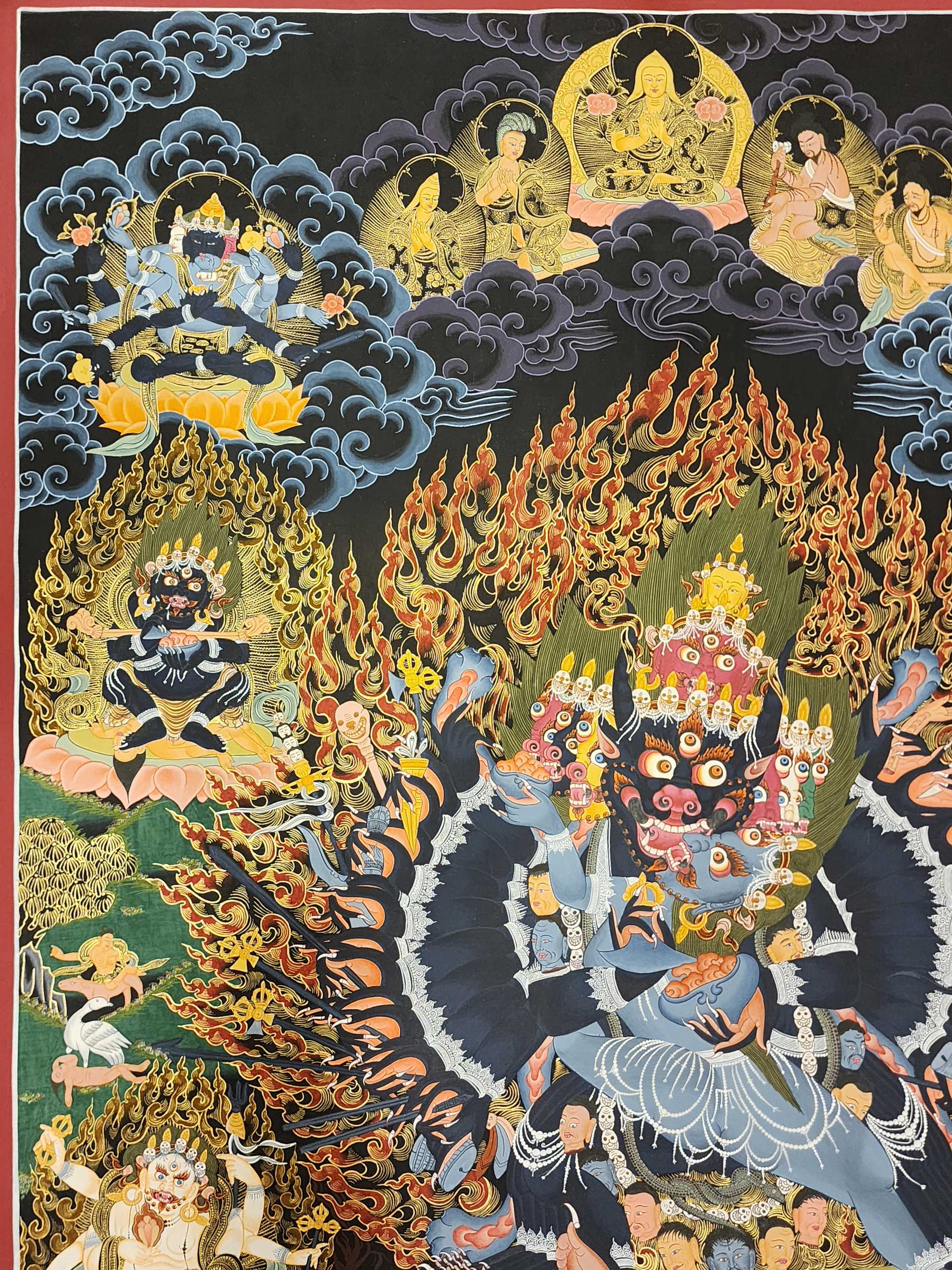 with Various Protector
with Various Protector